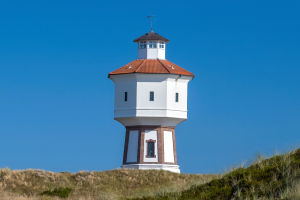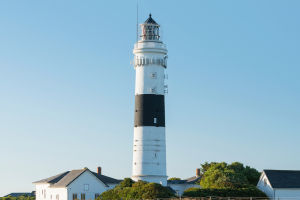The world's oceans contain a vast amount of saltwater, which cannot be used by humans without desalination. However, there is one ocean that stands out as being the lightest and freshest in the world - the Baltic Sea. With a salt content of only 20% of the average seawater, this sea is a crucial resource for the countries that surround it.
The importance of freshwater resources for human survival cannot be overstated. Unfortunately, much of the seawater on our planet is saline-alkali and cannot be used by humans in its natural state. Therefore, it is necessary to convert seawater into freshwater through desalination processes. However, the seawater in the Baltic Sea is unique in that it can be used for normal use without the need for extensive purification.
The Baltic Sea is highly valued for its freshwater resources. The salinity of the seawater in this ocean is less than 20%, with a salinity level of only 0.7% to 0.8% per square kilometer. Even at its highest sea level, the salt content is less than 1%, making it suitable for human consumption after simple purification.
The Baltic Sea owes its unique characteristics to its geographical location. The sea is located in the northern part of Europe and is entirely surrounded by surrounding countries. The Baltic Sea can be considered a natural large lake due to the countries surrounding it.
With an area of 420,000 square kilometers, the sea is connected by many straits leading to the Western Pacific Ocean, making it an inland sea in the Nordic region.
The monsoon in the westerly belt affects the Baltic Sea, providing sufficient precipitation every year. The abundant rainfall leads to an annual average of more than 500 mm, which results in a significant amount of freshwater flowing into the sea all year round. This abundance of freshwater may be the reason for the reduced salinity of the seawater in this area.
The Baltic Sea is also relatively closed, and its small number of tributaries converge into it. This factor further reduces the salt content of the seawater in this area. Approximately 250 rivers flow into the sea, resulting in an annual net inflow of 437 billion cubic meters of freshwater. As a result, the seawater in the Baltic Sea becomes less and less salty, becoming a large natural lake.
During winter, the Baltic Sea freezes due to its relatively closed nature. The ice cover can reduce the exchange of seawater with the atmosphere and contribute to the freshwater content of the sea.
This phenomenon has resulted in the sea being more than just a source of fresh water for the surrounding countries. It is also a critical area for scientific research, as its unique characteristics provide insights into the effects of climate change and the health of the oceans.
The Baltic Sea's unique location, rainfall, and lack of saltwater from other seas make it the lightest and freshest ocean in the world. The abundance of freshwater in this sea makes it a crucial resource for the countries that surround it. Its value extends beyond being a freshwater source, as it also provides insights into the effects of climate change on the world's oceans.


